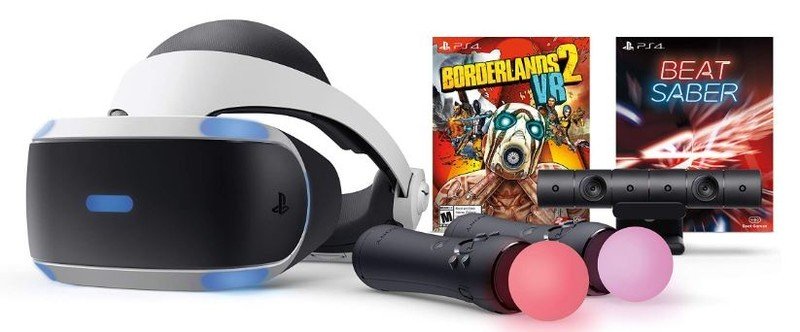PlayStation VR vs. Oculus Rift: Virtually comparable
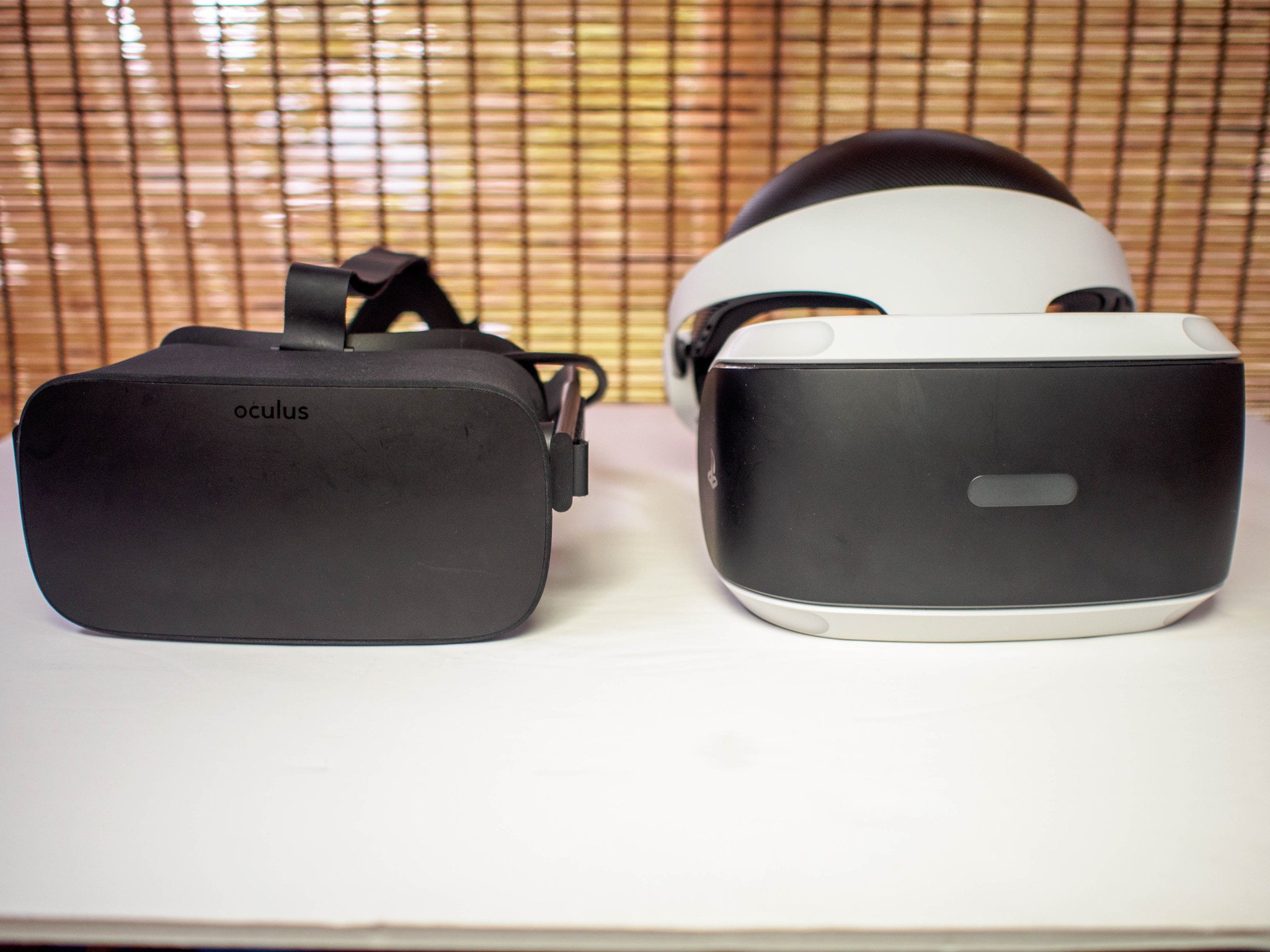
PlayStation VR
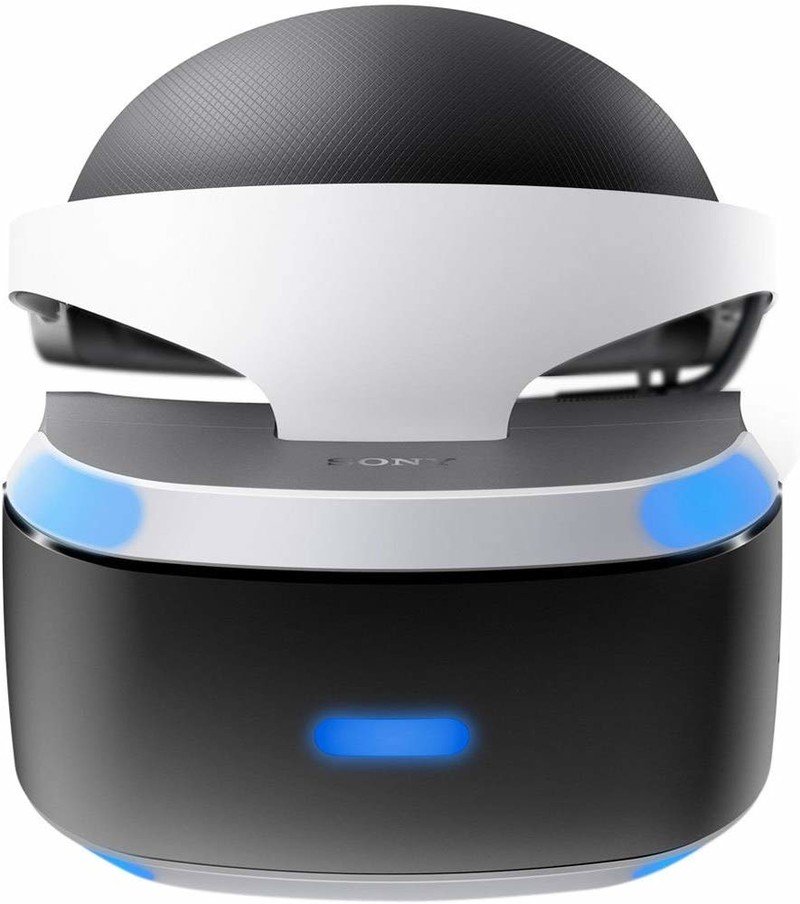
Sony's PlayStation VR (PSVR) has sold a ton of units since its launch and we're not surprised. Everyone wants to jump into virtual reality (VR) for the first time and the PSVR makes that move really easy. It doesn't matter if you're looking at the price, setup, or system requirements. The PSVR is the best headset for any home.
PlayStation VR
Greatness awaits
Oculus Rift
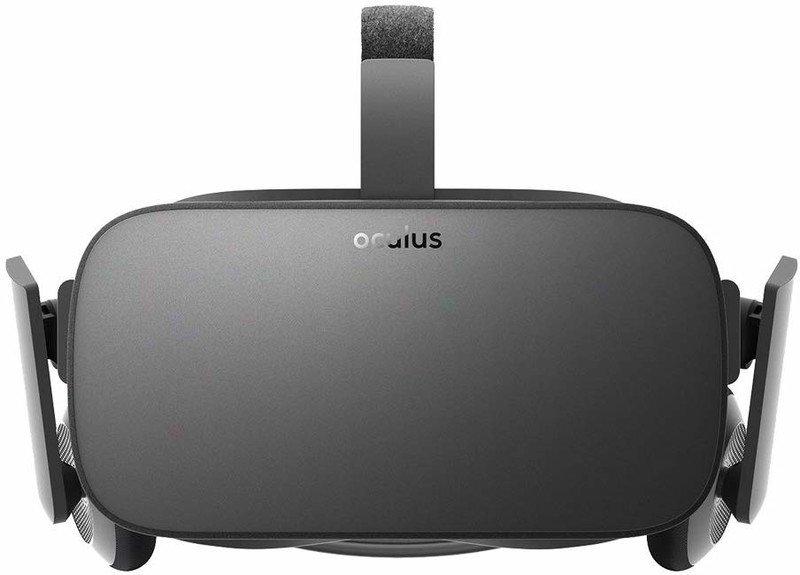
While Oculus is without a doubt one of the largest brands in the VR world, there's plenty of competition nowadays. The system requirements to use the headset is enough to make users turn away from buying one, but the experience that the Oculus Rift offers is phenomenal. Higher resolution, more freedom, and better tracking might just make you turn your head back.
Oculus Rift
Making VR a reality
On a high level, Oculus Rift and PSVR function in the same way. It's a display you wear on your head, with lights emitted from the display picked up by a camera in front of you. The cameras track the movement of your head by tracking how the lights coming from the headset move, and the display inside the headset adjusts the image you see based on that head tracking. As you look around, you can see a 360-degree world through a pair of lenses that warp the image on the display into something that feels as though it's really in front of you.
Hardware compared
There are a couple of details that make a significant difference when comparing the design of these two headsets. If you're looking to pick one up this year you want to know which one is going to offer the better overall experience. So what about what's under the hood?
| Category | PlayStation VR | Oculus Rift |
|---|---|---|
| Display | 5.7 inches | 3.54 inches × 2 |
| Resolution | 1920×RGB×1080 (960×RGB×1080 per eye) | 2160x1200 (1080×1200 per eye) |
| Field of View | 100 degrees | 110 degrees |
| Sensors | Six-axis motion sensing system, PlayStation Camera tracking | Constellation camera |
| Connections | HDMI, Aux, Stereo headphone jack | HDMI, USB 3.0 x2 |
| Input | PlayStation Move, DualShock 4 | Xbox Controller, Oculus Touch, Oculus Remote |
| Dimensions | 187×185×277mm (W/H/L) | 171×102 mm (W/D) |
| Weight | 610g | 470g |
Oculus Rift boasts a pair of displays that create a 2160x1600 resolution experience, while Sony has a single 1920x1080 display that spans the whole headset. This looks like Oculus has a significant advantage in display resolution which would typically mean things look nicer and more detailed in the Rift headset. In reality, the display resolution in PSVR is actually 1920xRBGx1080, and that middle "RGB" value makes it so Sony's display is actually much denser than what you get with Oculus Rift.
A quick way to visually identify this is through what is called the screen-door effect. Through Oculus Rift lenses, you can frequently see a grid of tiny black lines dividing up the display. On PlayStation VR, this effect is far less noticeable. You do get a little less detail in PlayStation VR, but the offset by little to no screen-door effect means the detail you can see isn't interrupted.
Style and comfort
The way you attach the headset to your head is another significant detail, especially when it comes to overall comfort. Oculus uses an elastic rail so you can pull the headset onto your head and securely fasten the display to your face with the help of Velcro. Once attached, the headset won't move around as you dive and jump in VR. It's not exactly comfortable for more than an hour, and the narrow display port means those with prescription glasses will be a little cramped, but it works.
Get the latest news from Android Central, your trusted companion in the world of Android
Oculus crafted a unique headset aimed at technical superiority, while Sony offers a fun, comfortable experience you can make your own.
PSVR is wildly different; it has a display that doesn't actually touch your face. A simple, halo-like band wraps around the back of your head and creates an anchor that feels much lighter than Rift and doesn't interfere with glasses. There's no "VR face" from having the headset pressed against your skin, and you can move around just as much without worrying about the headset slipping or sliding around. PlayStation VR is easily one of the most comfortable VR headsets you can wear today.
Both PSVR and Oculus Rift have shifted their focus to motion controllers for most games, using either PlayStation Move or Oculus Touch. Both of these systems make it possible for you to reach out with your real arms and interact with the virtual world or point a virtual gun where you feel the enemy really is. This is a lot of fun on both systems, but you'll find that PlayStation Move controllers are less accurate and less engaging, which is what happens when you resurrect controllers from 2010 without updating them at all.
Performance and gameplay
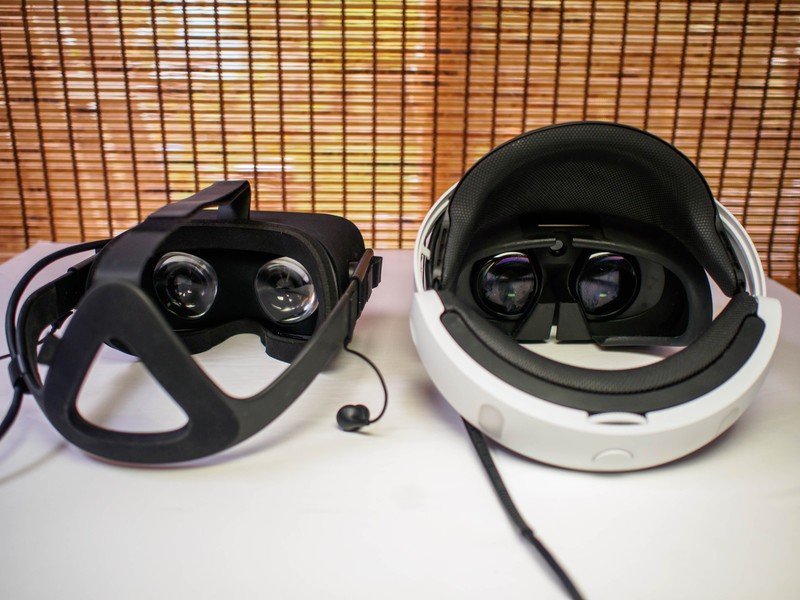
For starters, Oculus Rift uses infrared light from the headset instead of the bright blue, glowing light strips Sony uses for PSVR. This means you can't see the light coming from Rift, so the headset is a lot more muted in design. It also means Oculus Rift will work better in brightly lit rooms or direct sunlight. PSVR offers plenty of warnings to be careful with using your headset in bright rooms, and requires recalibration when the light changes dramatically in your room. Oculus Rift has almost none of those concerns.
Sony is no stranger to exclusive games, but neither is Oculus. You can find plenty of quality titles on either side not available on the other.
Audio is an incredibly important part of the VR experience, and that challenge is approached quite differently by Sony and Oculus. Headphones are built into the Rift headset, making it so you can dive in as soon as you put the headset on and start playing. PSVR offers a headphone jack on the cable that leads from the headset to the PlayStation 4 and includes a set of generic earbuds in the box. While it's a big deal that you can use whatever headphones you want with PSVR — aside from wireless headphones, of course — having the headphones included is way more convenient than reaching for headphones after you've covered your eyes up with VR.
Games that exist on both platforms play pretty much the same, which is significant when you think about how much more powerful your average gaming PC is compared to the PlayStation 4. Eve: Valkyrie is a great example of something you can play on both systems where you're not really able to say which one is better than the other when finished. Windlands is another title that's equally impressive on both systems. As both systems have aged a bit and we've seen games like Skyrim VR make an appearance on both, it becomes clear that the Rift is still ready to deliver a better-looking game overall (especially when you factor in the plethora of mods).
Deciding which is best for you
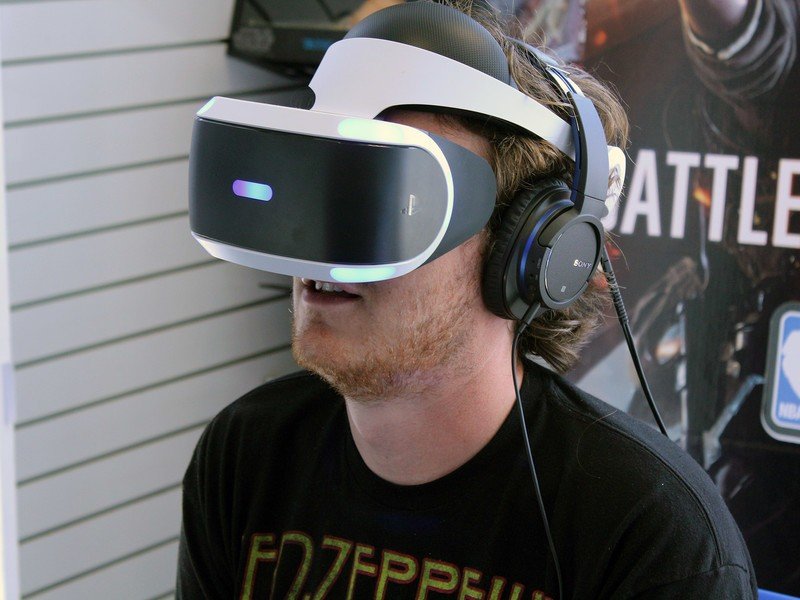
As you can see, these headsets are quite different. Oculus crafted a unique headset aimed at technical superiority, while Sony offers a fun, comfortable experience you can make your own. There's a lot to like from both systems, but currently PSVR has the more compelling headset out of the box. Oculus Rift is the more capable VR experience, and Oculus Touch controllers are in a class by themselves right now, but the question quickly becomes whether Oculus Rift is almost twice as good as PlayStation VR. Plain and simple, it isn't. Sony did a lot of things right with PSVR, and while we may find ourselves regularly wishing for an update to the aging PlayStation Move controllers, the rest of the experience is dangerously close to being as good as Oculus Rift.
You can't get far in the VR world without talking about pricing, and with good reason. To power the $400 Oculus Rift (including Touch controllers), you need at minimum a $700-$800 computer. It's a great experience if you can afford it, but at the point in which you're asking about $1100-$1300 for a great VR experience, you're going to run into plenty of people who will just say no and move on.
The big feature for PSVR is that you only need a PlayStation 4 or PlayStation 4 Pro to power it, and unlike a powerful gaming PC, a lot of people do already own this console. Assuming you don't, however, you still only need a $280 PlayStation 4 to power the $350 PSVR that comes with PlayStation Move controllers, PS Camera, and Skyrim VR.

The best option for a tech-savvy home
If you already have a computer that can handle the Oculus Rift then this is the headset for you. This bundle comes with the Oculus Rift headset, two Touch controllers, two sensors, and six free games: Robo Recall, Luckyʼs Tale, Quill, Medium, Dead and Buried, and Toybox.

